6. Monty Python and the Holy Grail
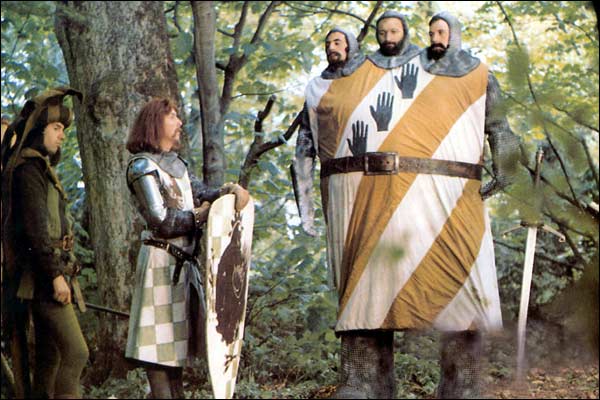
Who doesn’t love The Holy Grail? How can this film be featured on a list like this? We take the film for granted, but it really is a rule breaker in so many senses. When we quote the many lines, we forget to bring up the fact that the film ends so abruptly and unsatisfactory.
We might not forget about the opening credits, but we may not recall just quite how long they are (intentionally, of course). There’s not much formula or structure, outside of two basic rules: 1) the lead characters are to seek the Holy Grail, and 2) conventionality is either challenged or destroyed.
The Monty Python team are such masters of absurdity; we forget just how out-of-left-field their best work actually is. Believe it or not, The Holy Grail is a great example of the cinematic language being reimagined, because it was made in such a way that actually made sense to the general audience.
7. My Winnipeg
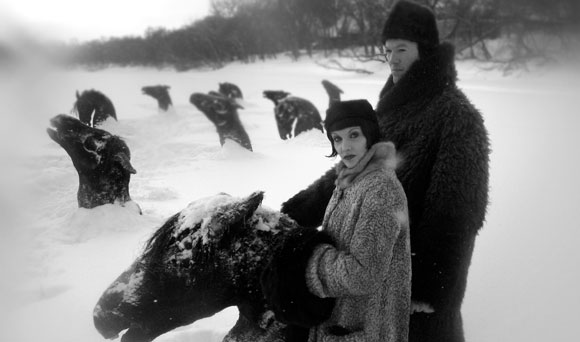
Everything Guy Maddin makes has to be difficult, but that’s how we know that each future work of his is worth checking out. In 2007, he reached an apex that he (and Canadian filmmakers) may never quite reach again with My Winnipeg.
The idea of what a documentary can be was changed forever, as Maddin started to drift down the roads of how he remembers his former stomping grounds (rather than how they factually, accurately were). He goes even deeper into his own psyche, and starts to replicate dream images that, hey, are a part of his life and are thus worthy of being a part of this film.
You go from understanding Manitoba decades ago a little better to seeing surreal, dreamlike images. You begin to wonder what facts were actually lies, but it eventually doesn’t quite matter.
8. Phantom of the Paradise
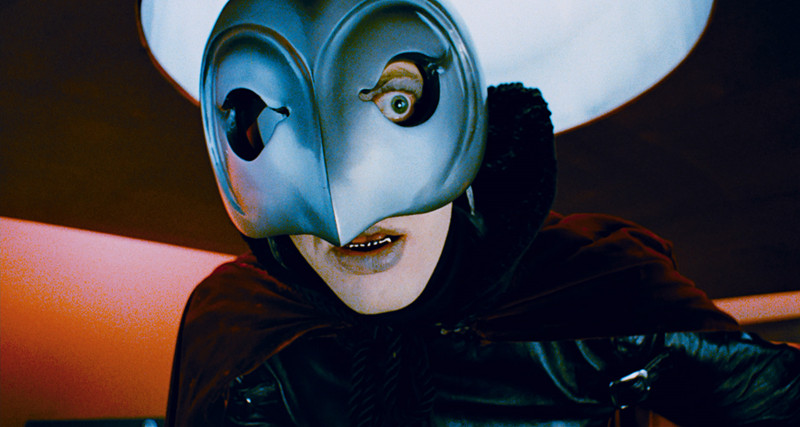
This is a bit of a different entry on the list (the joke is all of these films are already technically “different”), because it’s a game changer in a bit of a different way. Jumping right into it, the soundtrack is so meta, it’s unreal. The pop songs, while catchy, are meant to be satirical takes on how manufactured goody-two-shoe acts are.
Phantom of the Paradise accidentally contributes to external genres, including Somebody Super Like You predicting the direction heavy metal would go. These songs are meant to be good, but most of them are meant to be statements themselves (not simply lyrically, but through their very existence).
It’s a cult-favourite slapping-together of theatrical reference, music tastes and iconic film scenes; it’s a punkish hodgepodge of images and sounds. Despite its many oddities and imperfections, it just works to the point of being a glorious, glamorous favourite (and not even in a so-bad-it’s-good way, but rather a I-don’t-care-I-love-it way).
9. The Trip
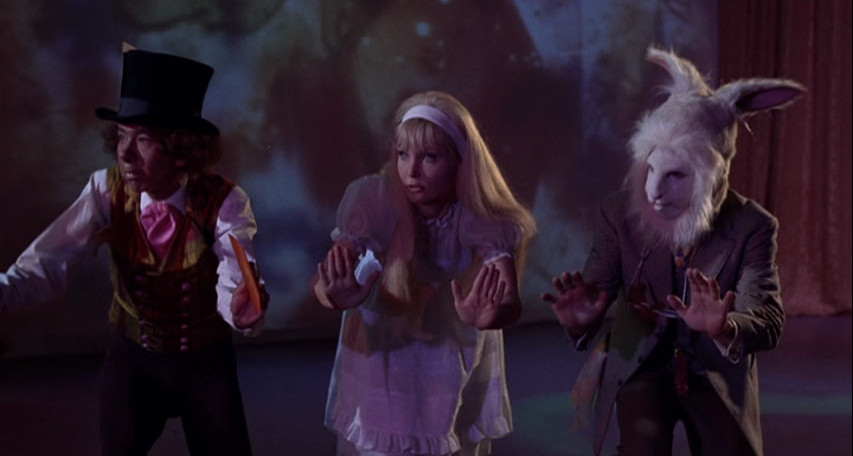
Is it time to revisit this perplexing film with a new lens? Look, is The Trip a particularly good film? It depends on who you talk to. However, it’s definitely an interesting film. After the surprise success of the drug-fueled Easy Rider (pieced together by friends Peter Fonda and Dennis Hopper, and featuring a fresh faced Jack Nicholson), The Trip commenced. This time, Nicholson wrote the story and intended the film to replicate the actual highs of an LSD trip.
Roger Corman jumped behind the camera, and Bruce Dern and Susan Strasberg hopped in front of the camera. The need to capture a mind while on LSD was appealing to all involved, and the chasing of the American dream found in Easy Rider took a backseat. The result (abstract images, film references, and trippy effects) is more of a sensationalist feat, but a success is a success; it remains alienating to many even today.
10. Wavelength
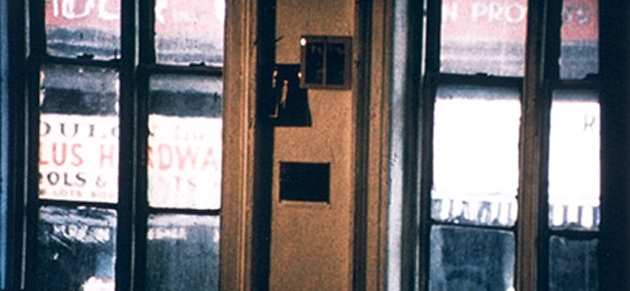
Michael Snow’s experimental masterpiece is still so starkly different and revolutionary today. The interesting thing is that it has still inspired many works to follow suit; film festivals around the world honour cinematic works like this that focus on the creation of art and emotion through technology rather than story alone (with the Toronto International Film Festival going far enough to even make a “wavelengths” program). How much anti-formula can you be? You witness a single location and slowly zoom into a specific portion of the room.
The odd story-driven moment happens, but it comes and goes like the fleeting thoughts of your mind. Wavelength isn’t even simply an installation piece. It just cannot be labeled so simply, and thus it has become a label for other works just like it. In that sense, Wavelength didn’t reinvent the cinematic language, but created a new dialect altogether.
Author Bio: Andreas Babiolakis has a Master’s degree in Film and Photography Preservation and Collections Management, and a Bachelor’s degree in Cinema Studies. He is stationed in Toronto, where he devotes every year to saving money to celebrate his favourite holiday: TIFF. Catch him @andreasbabs.